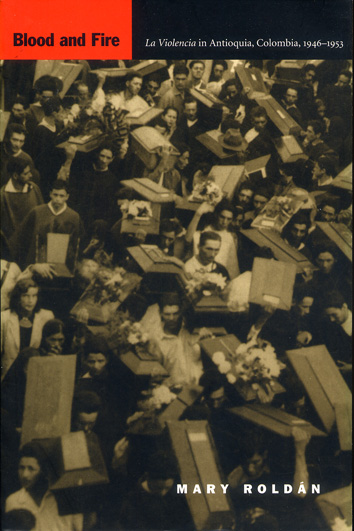Blood and Fire: La Violencia in Antioquia, Colombia, 1946-1953 ∥ Roldán, Mary
-----------------------------------
ISBN13: 9780822329183
-----------------------------------
サイズ: 15.5 x 23.5 x 2.1 cm
-----------------------------------
頁 数: xiii+392 pgs.
-----------------------------------
装 丁: paper cover
-----------------------------------
出版社: Duke University Press
-----------------------------------
発行年: 2002
-----------------------------------
発行地: Durham
-----------------------------------
双書名: Latin America Otherwise
追加情報: ※ 詳細PDFリンク
Description:
Between 1946 and 1958 a surge of violence in Colombia left 200,000 dead in one of the worst conflicts our hemisphere has ever experienced. This little-studied period of terror, known as La Violencia, is the subject of Blood and Fire. Scholars have traditionally assumed that partisan politics drove La Violencia , but Mary Roldán challenges earlier assessments by providing a nuanced account of the political and cultural motives behind the fratricide. Although the author acknowledges that partisan animosities played an important role in the disintegration of peaceful discourse into violence, she argues that conventional political conflicts were intensified by other concerns.
Through an analysis of the evolution of violence in Antioquia, which at the time was the wealthiest and most economically diverse region of Colombia, Roldán demonstrates how tensions between regional politicians and the weak central state, diverse forms of social prejudice, and processes of economic development combined to make violence a preferred mode of political action. Privatization of state violence into paramilitary units, and the emergence of armed resistance movements, exacted a horrible cost on Colombian civic life, and these processes continue to plague the country.
Roldan’s reading of the historical events suggests that Antioquia’s experience of La Violencia was the culmination of a brand of internal colonialism, in which regional identity formation based on assumptions of cultural superiority were used to justify violence against racial or ethnic ‘others’ and as a pretext to seize land and natural resources. Blood and Fire demonstrates that, far from being a peculiarity of the Colombians, La Violencia was a logical product of capitalist development and state formation in the modern world.
This is the first study to analyze intersections of ethnicity, geography, and class to explore the genesis of Colombian violence, and it has implications for the study of repression in many other nations.
CONTENTS:
Acknowledgments......xi
Introduction......1
1. Medellin and Core Municipalities......43
2. Bajo Cauca, Magdalena Medio, and the Northeast......109
3. Uraba and Western Antioquia......171
4. Urrao and the Southwest......229
Epilogue......281
Appendix A: Tables......299
Appendix B: Maps......311
Notes......315
Bibliography......365
Index......383
-
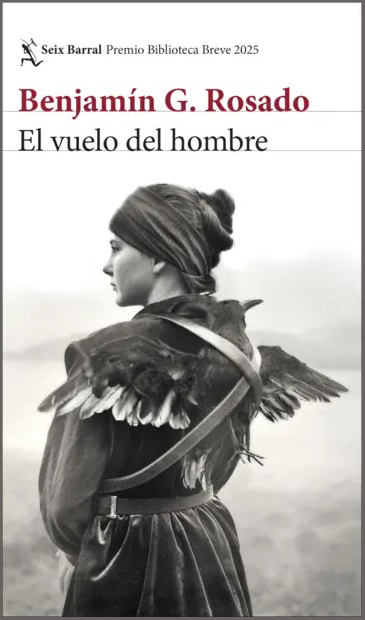
2025年Biblioteca Breve賞受賞作品。ある若き言語学者が南米の港町へ旅立ち、自らの未来を模索しながら執筆に挑む物語です。偶然の出会いが彼の最初の小説を生み出し、出版の成功によってニューヨークへ移り住むも、そこから作品と現実のズレに苦しみ、やがて忘れ去られていく運命を辿ります。しかし、思いがけぬ知らせが彼をコロンビアのジャングルへ導き、かつての小説の結末と酷似した“事故”の謎に巻き込まれていきます。現実とフィクションの境界が揺らぐ中で、「語られるべき物語」と「黙されるべき物語」の間にある微妙な線をめぐる、緊張と知性に満ちた冒険小説です。
- El vuelo del hombre ∥ Rosado, Benjamin G.
- ¥6,380
-
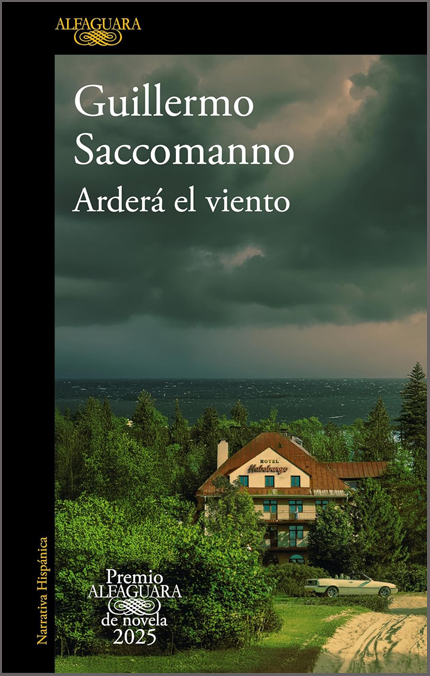
アルフアグアラ文学賞2025年受賞作。ある夫妻がアルゼンチンの海辺の小さな町に姿を現し、老舗ホテルを経営し始める。家族を伴ったその異質な存在が、村社会のひび割れに潜む偏見や恐怖、秘められた欲望をあぶり出していく。表向きは穏やかな日常が、彼らの介入によってゆっくりと腐食し、町の底に潜む暴力と暗部が静かに露呈していく。精緻な文体で綿密に構築された“社会の朽ちるプロセス”が、特定の国や地域を超えて現代の精神風景を写し出す。緊張感と抑制のなかに秘められた強烈な物語体験を求める読者に。
- Arderá el viento ∥ Saccomanno, Guillermo
- ¥5,720
-
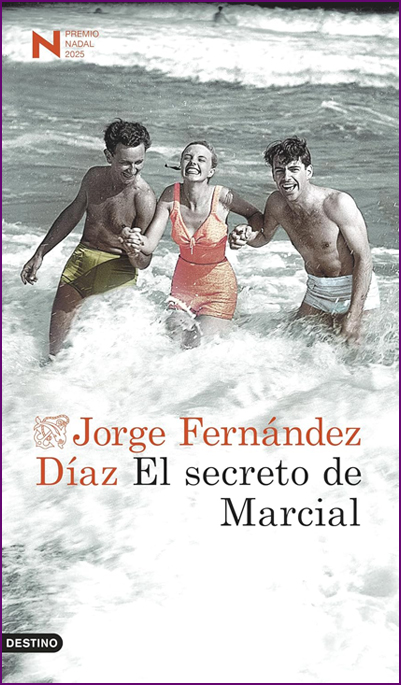
2025年ナダール文学賞受賞作品。南米・ブエノスアイレスを舞台に、父との溝を抱える一人の作家が、故人となった父の真の姿を探し始める。労働者階級の移民としてスペインから渡った父は、息子が憧れた文学の道に無言で壁を築いていた。母国映画やハリウッドの古典に囲まれ育った少年は、大人になった今、スクリーンの背後に隠された父の「秘密」に気付き、渦巻く沈黙と誤解の中に分け入る。時代を越えて響く父子の断絶、移民としてのアイデンティティ、そして愛しながらも理解しきれない存在。静かに、しかし確実に胸に迫る物語が、読む者の言葉と記憶を揺さぶる一冊。
- El secreto de Marcial ∥ Fernández Diaz, Jorge
- ¥6,600
-
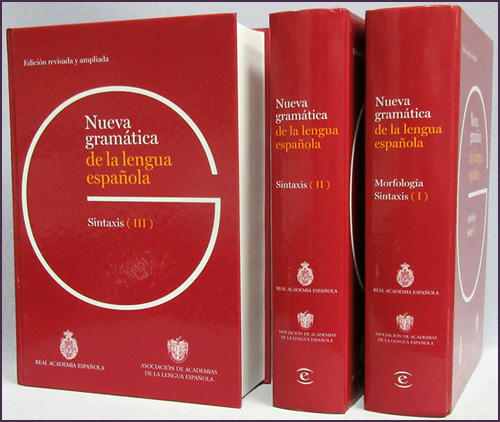
次回入荷は1月下旬の予定です!!
第2版改定新版 「アカデミア最新スペイン語文法」。スペイン王立アカデミーとASALE(スペイン語アカデミー協会)の共同編集による増補改訂版3巻本。2009年に2巻本として出版されてから16年、さらに広く深く、スペイン語圏全体のスペイン語を総合的に扱うスペイン語文法書の決定版です!- Nueva gramática de la lengua española - Edicion revisada y ampliada in 3 vols. ∥ Real Academia Española
- ¥49,500

